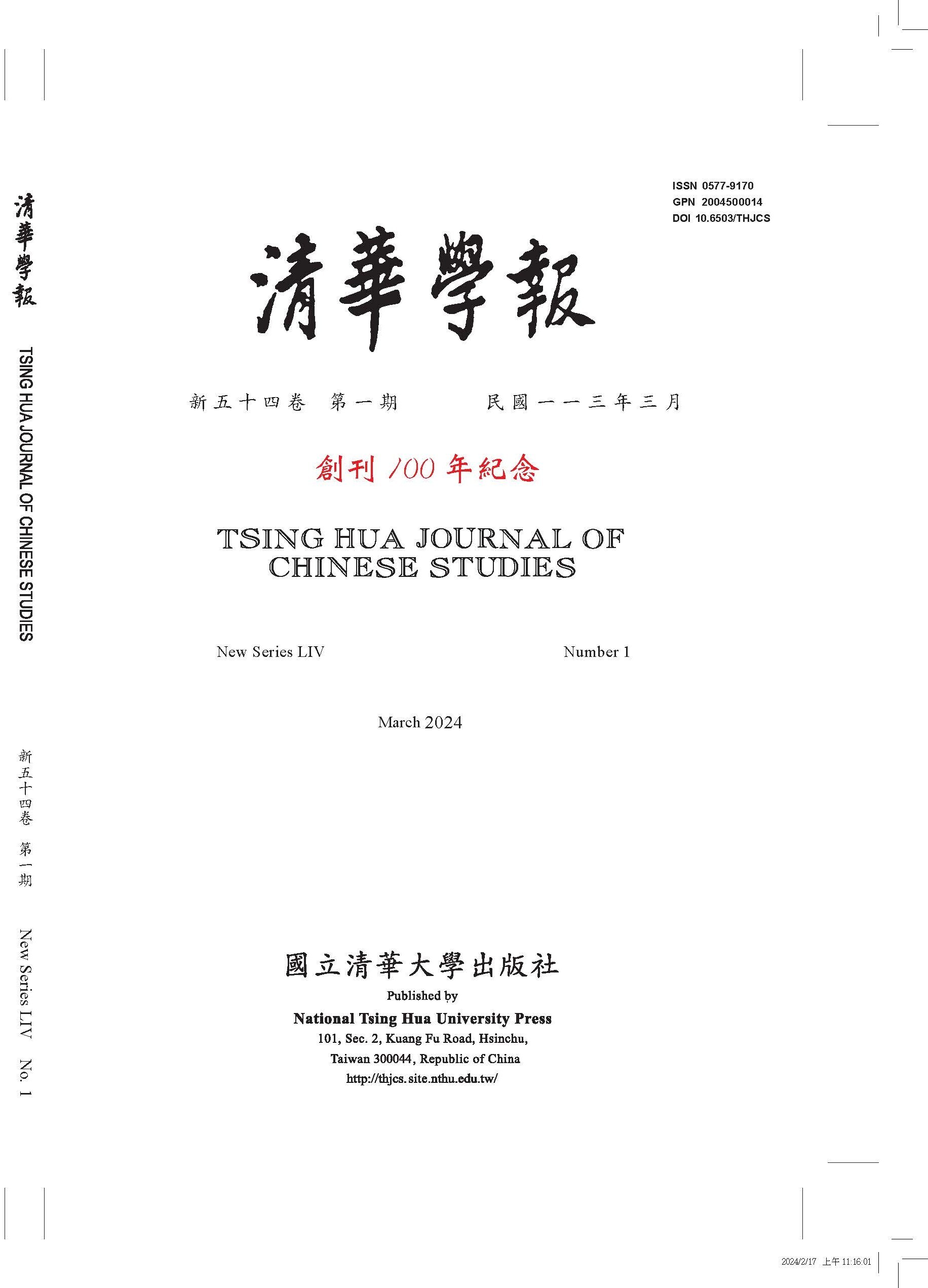Military Reform Around Beijing from the Longqing to the Early Wanli Era (1567-1583)
Vol. 52 No. 3 9/2022
|
Title |
Military Reform Around Beijing from the Longqing to the Early Wanli Era (1567-1583) |
|
Author |
Lee Hua-yen |
|
Genre |
Article |
|
Pages |
471-506 |
|
DOI |
10.6503/THJCS.202209_52(3).0002 |
|
Download |
|
|
Language |
Chinese |
|
Key words |
Jizhou 薊州, military reform, Qi Jiguang 戚繼光, Ming-Mongol relationship, military history of the Ming Dynasty |
|
Abstract |
From the Longqing 隆慶 to the early Wanli 萬曆 era (1567-1583), the Ming court implemented a large-scale program of military reform around Beijing, especially the military region of Jizhou 薊州. This program was mainly designed and led by Tan Lun 譚綸 (1520-1577), the governor-general of Ji-Liao 薊遼, and Qi Jiguang 戚繼 光 (1528-1587), a prominent general. They used Qi’s former subordinates, Zhejiang soldiers—a well-trained, victorious army against Japanese pirates—as the instructors to train and reorganize the Jizhou-Changping 昌平 troops, and built and repaired local Great Wall fortresses at the same time. They reversed the weak Ming defense force after the Gengxu 庚戌 Incident in 1550. The Longqing Peace Treaty, in which the Ming government reached an agreement with Altan Khan 俺答 (1507-1582), the main power of western Mongolia, and permitted his request for trade, had great influence and increased the effectiveness of this military reform program. The reform and the treaty were both important historical events when the Ming-Mongol relationship improved across the east and west sides of the Great Wall during the second half of the 16th century. Because of this reform, northern Ming military strength returned, and they were able to intimidate the Mongol khan on the Chahar Plateau in the east. Such an important program must have its shaping process, steps for implementation, and specific measures; however, the support from the Ming government was the most significant. It finally launched the traditional military system onto a new path. These topics have not often been discussed in past papers. Thus, I will focus on them and view the changing Ming-Mongol relationship through the lens of these historical facts. |

